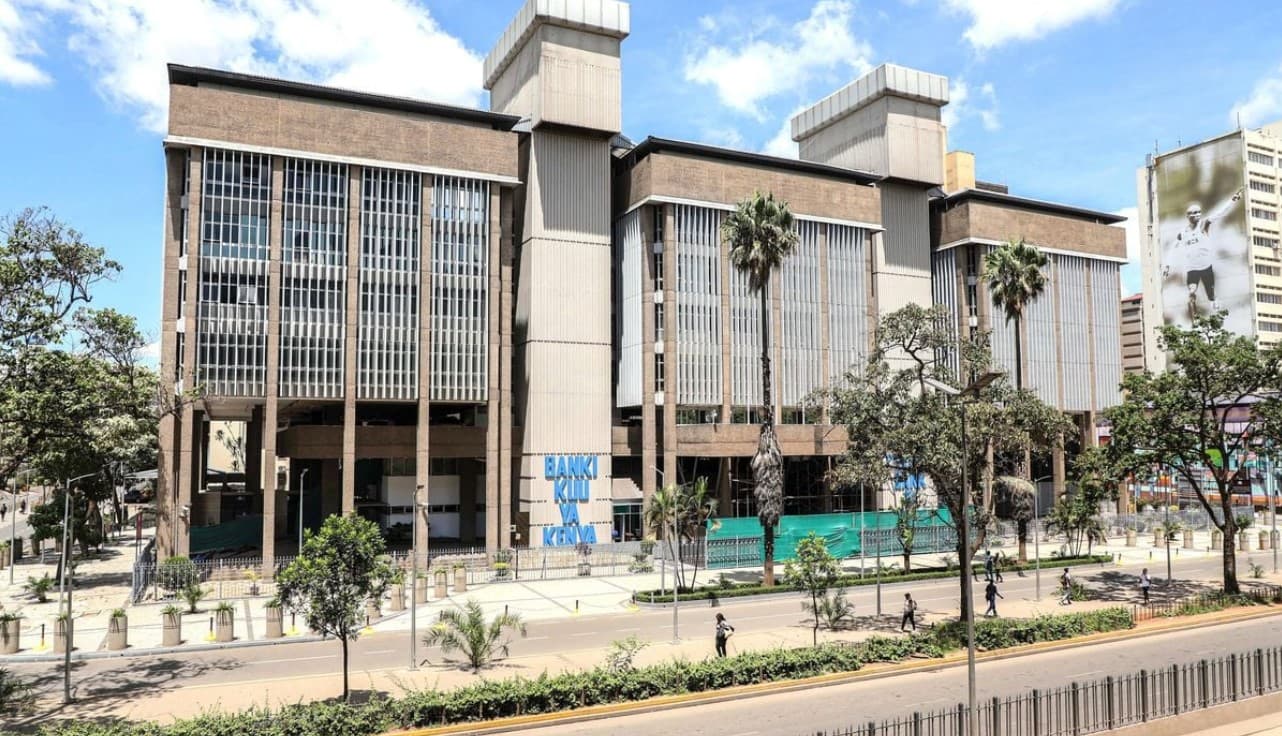Loading News Article...
We're loading the full news article for you. This includes the article content, images, author information, and related articles.
We're loading the full news article for you. This includes the article content, images, author information, and related articles.
Central Bank of Kenya Governor Kamau Thugge has alerted Parliament to significant liquidity challenges that are hampering the nation's ability to service its ballooning public debt, which now stands at Sh11.8 trillion.

NAIROBI - The Central Bank of Kenya (CBK) has issued a stark warning that mounting liquidity challenges are severely constraining the government's ability to meet its debt repayment obligations. Appearing before the National Assembly's Public Debt and Privatisation Committee on Wednesday, 26th November 2025, CBK Governor Dr. Kamau Thugge stated that while Kenya's public debt remains sustainable, it faces a high risk of distress.
Dr. Thugge revealed that the public debt had surged to Sh11.8 trillion during the 2024/25 financial year, an 11.7 percent increase that has outpaced the country's Gross Domestic Product (GDP) growth. As of June 30, 2025, this debt constituted 69 percent of GDP. This figure is significantly above the 55 percent debt-to-GDP anchor set by Parliament in October 2023, when it amended the Public Finance Management Act to replace the previous Sh10 trillion nominal ceiling.
The governor attributed the rapid debt accumulation to ambitious borrowing targets amidst efforts to maintain macroeconomic stability. Recent data from the National Treasury indicates a strategic shift towards domestic financing. By September 2025, Kenya's total public debt had crossed the Sh12 trillion mark, with domestic debt reaching Sh6.66 trillion and external debt at Sh5.39 trillion. This reflects a deliberate move to reduce exposure to foreign exchange risks associated with external loans. However, this increased reliance on the domestic market comes with its own set of challenges, including potentially higher interest costs that could crowd out private sector borrowing.
Data from the CBK shows a slackening in domestic debt repayment performance from the 2021/22 financial year onwards, after a consistent 100 percent performance in the preceding years. This trend underscores the growing pressure on government revenues to service an expanding debt portfolio.
The liquidity concerns are unfolding against a mixed economic backdrop. While Kenya's economy is projected to grow by an average of 4.9 percent between 2025 and 2027, institutions like the World Bank have raised concerns about intensifying fiscal pressures. The World Bank noted in a November 25, 2025, update that the fiscal deficit for FY2024/25 had widened to 5.9 percent of GDP, exceeding the initial 4.3 percent target due to revenue shortfalls and rigid expenditure structures. Public debt reached 68.8 percent of GDP in the same fiscal year, keeping the country in a high-risk category for debt distress.
International credit rating agencies have also expressed caution. Standard and Poor's (S&P), Fitch Ratings, and Moody's have raised doubts about Kenya's ability to manage its debt repayments. In 2023, both S&P and Fitch rated Kenya at 'B', while Moody's assigned a 'B3' rating with a negative outlook. However, in a more recent update on January 29, 2025, Moody's affirmed its Caa1 rating but revised the outlook from negative to positive, citing improved revenue collection and prudent debt management.
In his address to Parliament, Governor Thugge outlined several strategies to navigate the current fiscal challenges. He emphasized the need for fiscal consolidation to slow the pace of debt accumulation and lower the debt-to-GDP ratio. Key recommendations include:
The CBK aims to modernize the domestic debt market, diversify the investor base, and mitigate exchange rate risks to ensure long-term stability. Dr. Thugge stressed that further strengthening of fiscal and monetary coordination is essential given the high public debt level and rising interest costs.
The situation remains a delicate balancing act for Kenyan policymakers. The government must navigate the urgent need for fiscal prudence while sustaining economic growth and delivering public services, a challenge that will require disciplined implementation of the proposed reforms and careful management of both domestic and external financial conditions.
Keep the conversation in one place—threads here stay linked to the story and in the forums.
Other hot threads
E-sports and Gaming Community in Kenya
Active 6 months ago
Popular Recreational Activities Across Counties
Active 6 months ago
Investing in Youth Sports Development Programs
Active 6 months ago
The Role of Technology in Modern Agriculture (AgriTech)
Active 6 months ago